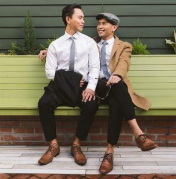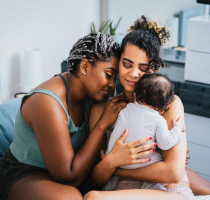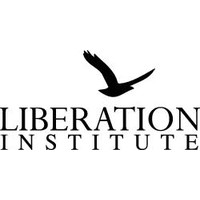Cultural Dimensionality In Couple-Directed Therapy
It is important to listen to the cultural influences that shape the life of the couple in couple’s therapy. Cultural differences can significantly impact the way individuals communicate, express emotions, and perceive relationships. It is important for the therapist to have a basic understanding of the cultural background of the couple to avoid misunderstandings and misinterpretations.
By understanding the cultural influences that shape the couple’s lives, the therapist can develop a more accurate and nuanced understanding of their experiences.

By demonstrating a willingness to understand and respect the cultural influences that shape the couple’s lives, the therapist can build rapport and trust with the couple. This can facilitate the therapeutic process and help the couple feel more comfortable and open to discussing their issues. Cultural differences can also impact power dynamics in relationships. For example, in some cultures, gender roles may be more rigidly defined, which can create power imbalances in relationships. By understanding these dynamics, the therapist can help the couple identify and address potential power imbalances that may be impacting their relationship.
The definitions of “couple” and “family” have undergone significant changes in recent years, reflecting broader societal shifts and changes in cultural norms. These changes have been driven by various social discourses that challenge traditional notions of what constitutes a family or a couple, and that seek to recognize and include individuals and groups that have historically been marginalized or excluded.

In the past, the concept of a family was typically defined as a nuclear family consisting of a heterosexual couple and their biological or adopted children.
This definition excluded many other forms of family structures, such as same-sex couples, blended families, single-parent families, and families with non-biological or non-adoptive caregivers.
However, over the years, this narrow definition of family has been challenged and expanded by various social discourses, such as feminism, LGBTQ+ rights, and anti-racism movements. Similarly, the definition of a couple has also undergone significant changes, moving beyond the traditional notion of a heterosexual couple in a monogamous relationship.
Today, couples can be same-sex or opposite-sex, married or unmarried, monogamous, or non monogamous, and may include individuals of different races, ethnicities, and cultural backgrounds. These changes have been driven by social discourses that promote equality, diversity, and inclusion.

Despite these changes, various social discourses continue to marginalize and exclude certain members of society. For example, there is still a significant stigma attached to non-monogamous relationships, and same-sex couples may face discrimination and prejudice in some parts of the world.
Additionally, families headed by immigrants, people of color, and low-income households may face economic and social challenges that make it difficult for them to access resources and opportunities available to other families.
Listening to the cultural influences that shape the life of the couple in couple’s therapy is essential to ensure that the therapist has a more accurate and nuanced understanding of the couple’s experiences, can build rapport and trust with the couple, can address potential power imbalances and biases, and can facilitate the therapeutic process.
There is still much work to be done to promote equality, diversity, and inclusion for all individuals and families.
by Clay David, MFA
Marriage and Family Therapist Trainee
Supervised by Brad Byrum, MA, MBA, LMFT, BC-TMH
California Marriage & Family Therapist #118448




